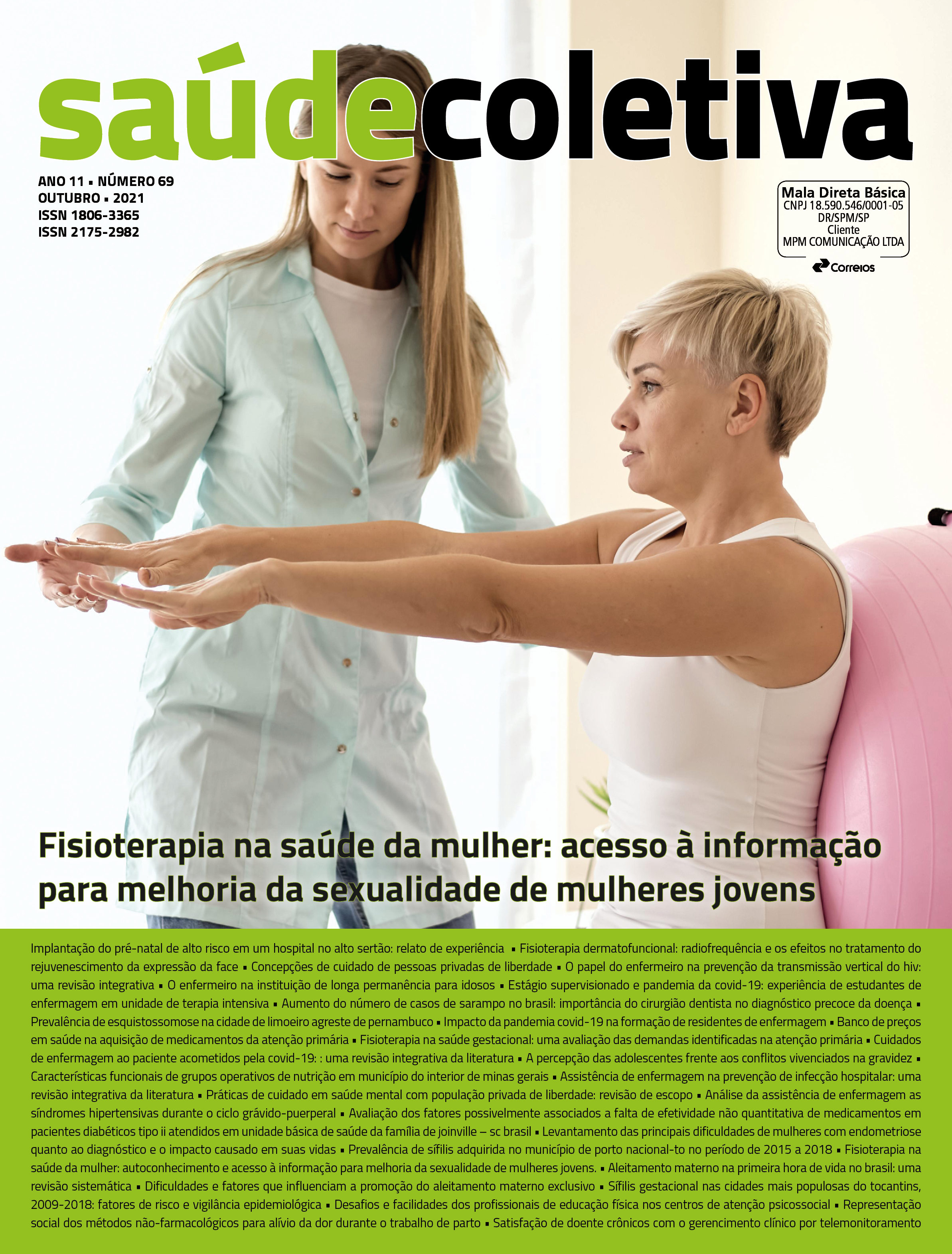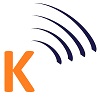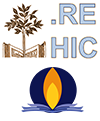Social representation of non-pharmacological methods for pain relief during child labor
DOI:
https://doi.org/10.36489/saudecoletiva.2021v11i69p8159-8168Keywords:
Women's Health, Nurse Midwives, Pain, Natural ChildbirthAbstract
Objective: To identify the social representation of non-pharmacological methods for pain relief during labor. Method: Descriptive study, with a quantitative and qualitative approach, carried out in a maternity hospital in Colatina/ES. lnterviews were recorded through the application of a semi-structured form and full transcription for semantic analysis of the information and evocations were extracted. Result: For the participants, the social representations about the term "non-pharmacological method (NFM)" were structured in a main trunk represented by the terms "Comfort'; "Relaxing'; "Good'; "Relief" and ''Care'; demonstrating the recognition of the benefits of using the methods during labor, triggering positive feelings during parturition. Conclusion: lt remains to be admitted that the NFMs have great potential in assisting parturient women, as the benefits achieved are evidenced in the study and understanding their importance in the delivery rooms is essential for the quality of women's health care.
References
Lemos IC, Agenor CS, Oliveira DCC, Carvalho FC. Produção científica nacional sobre práticas interativas não farmacológicas no trabalho de parto: uma revisão integrativa da literatura. Enfermagem Obstétrica. 2014; 1 (1 ): 25-30. [acesso: 24 mar. 2020]. Disponível em: http:!www.enfo.com.br/ojs/index.php/EnfObst/ article/view/7 /9. 2. Aragão HT, Vieira 55, Fernandes ETS, Silva GM. Trabalho de parto e os métodos não farmacológicos para alívio da dor: Revisão lntegrativa. UNIT, Universidade Tiradentes. 2017; 1(1): 09-12. [acesso: 24 mar. 2020]. Disponível em: https:!pdfs. semanticscholar.org/8c71 /94cd11905d426c0d8b5afea9c4f03f30aa1 b.pdf. 3. Rodrigues MRK, Alves PV, Lima SAM. Cuidados de enfermagem prestados às parturientes no parto humanizado: revisão integrativa da literatura. Revista Saúde. 2018; 12 (3-4): 40 - 46. [acesso: 20 mar. 2020]. Disponível em: http:!revistas.ung.br/index.php/saude/article/view/3681/267 4. 4. Melo JKG, Barroso ML, Alencar JS, Bandeira LAB, Melo AMO, Mesquita Neto E, Oliveira GF. Cuidados e métodos não-farmacológicos de alívio da dor nas gestantes em trabalho de parto. ld onlineRev.Mult. Psic. 2019; 13 (44): 73-86. [acesso: 24 mar. 2020]. Disponível em: https:!idonline.emnuvens.com.br/id/article/viewFile/1583/2349. 5. Almeida JM, Acosta LG, Pinhal MG. Conhecimento das puérperas com relação aos métodos não farmacológicos de alívio da dor do parto. Rev Min Enferm. (REME). 2015; 19(3): 711- 717. [acesso: 23 mar. 2020]. Disponível em: http:!www. dx.doi.org/10.5935/1415-2762.20150054. 6. Marins RB, Cecagno 5, Gonçalves KD, Braga LR, Ribeiro JP, Soares MC. Tecnologias de cuidado para o alívio da dor na parturição. RevFunCare Online. 2020 ; 12: 275-280. [acesso: 07 dez. 2020]. Disponível em: http:!seer.unirio.br/index.php/ cuidadofundamental/article/viewFile/8502/pdf _ 1. 7. ORGANIZAÇÃO MUNDIAL DE SAÚDE, Saúde Materna e Neonatal, Unidade de Maternidade Segura, Saúde Reprodutiva e da Família (1996). Assistência ao parto normal: um guia prático: relatório de um grupo técnico. Genebra: OMS. [acesso: 07 dez. 2020]. Disponível em: https:!pesquisa.bvsalud.org/bvsms/resource/pt/mis-95 70. 8. Dias EG, Ferreira ARM, Martins AMC, Nunes MMJ, Alves JCS. Eficiência de métodos não farmacológicos para alívio da dor no trabalho de parto normal. RevEnferm Foco. 2018; 9(2): 35 - 39. [acesso: 07 dez. 2020]. Disponível em: https:!pesquisa. bvsal ud. o rg/portal/reso u rce/pt/ b i bl io-1 02835 3#: ~:text= Concl us%C3%A3o%3A,parto%20para%20prestar%20assist%C3%AAncia%20humanizada. 9. Soares YKC, Melo 555, Guimarães TMM, Feitosa VC, Gouveia MTO. Satisfação das puérperas atendidas em um centro de parto normal. RevEnferm UFPE. 2017; 11(11): 4563-73. [acesso: 20 nov. 2020]. Disponível em: https:!periodicos.ufpe. br/revistas/revistaenfermagem/article/view/231195.







